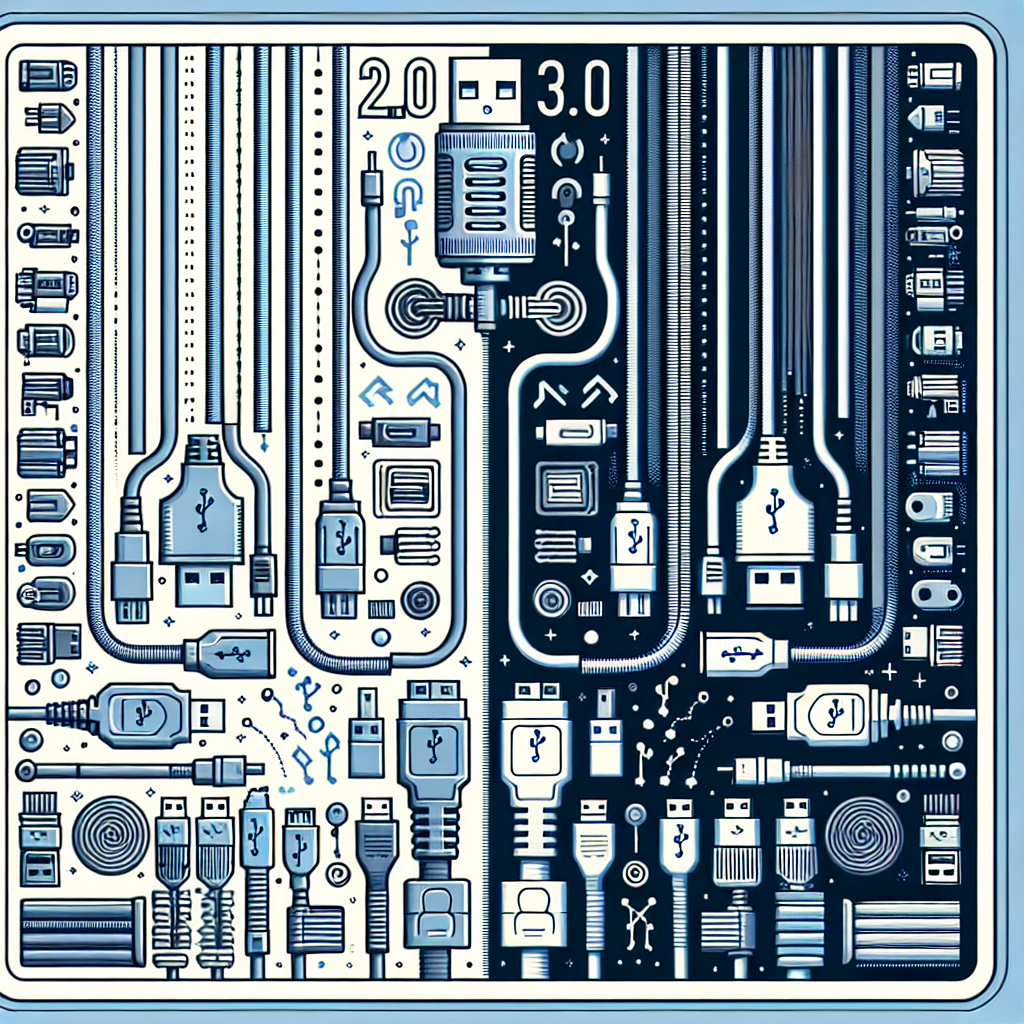The evolution of USB technology has been nothing short of revolutionary, with each new iteration bringing faster speeds and more capabilities. One of the most significant upgrades in recent years has been the transition from USB 2.0 to USB 3.0. But what exactly does this mean for consumers, and how can they take advantage of this new technology?
USB 2.0 was first introduced in 2000 and quickly became the standard for connecting peripherals to computers. With a maximum data transfer rate of 480 Mbps, it was a significant improvement over its predecessor, USB 1.1. However, as technology continued to advance and file sizes grew larger, the need for even faster transfer speeds became apparent.
Enter USB 3.0, which was officially released in 2008. This new standard boasted a maximum data transfer rate of 5 Gbps, making it ten times faster than USB 2.0. This increase in speed has made it possible to transfer large files, such as high-definition videos and photos, in a fraction of the time it would take with USB 2.0.
In addition to faster transfer speeds, USB 3.0 also introduced a new type of connector known as the SuperSpeed USB connector. This connector has additional pins that allow for faster data transfer rates, as well as improved power efficiency. This means that devices connected via USB 3.0 can charge faster and consume less power than those connected via USB 2.0.
So, how can consumers take advantage of this new technology? The first step is to ensure that their devices are equipped with USB 3.0 ports. Most modern computers and laptops come with at least one USB 3.0 port, but older devices may still be using USB 2.0. In this case, consumers can purchase a USB 3.0 expansion card or hub to upgrade their existing system.
Once the hardware is in place, consumers can start enjoying the benefits of USB 3.0 by connecting compatible devices, such as external hard drives, flash drives, and cameras. These devices will transfer data much faster than before, making tasks like backing up files and transferring photos a breeze.
In conclusion, the transition from USB 2.0 to USB 3.0 represents a significant leap forward in terms of data transfer speeds and power efficiency. By upgrading to USB 3.0, consumers can enjoy faster transfer rates, quicker charging times, and improved overall performance. With the increasing prevalence of USB 3.0 devices on the market, now is the perfect time to make the switch and take advantage of this cutting-edge technology.


Leave a Reply